Increasing Carbon Emissions
The rising levels of carbon emissions from various sectors, including transportation, industry, and energy, are driving the demand for solutions like the Direct Air Capture Market. As countries strive to meet their climate targets, the need for effective carbon removal technologies becomes more pressing. According to recent estimates, emissions are projected to reach unprecedented levels, necessitating innovative approaches to mitigate their impact. The Direct Air Capture Market offers a viable pathway to capture atmospheric CO2, thereby contributing to global efforts aimed at reducing greenhouse gas concentrations. This urgency is likely to propel investments and advancements in Direct Air Capture Market technologies, as stakeholders recognize the potential for these systems to play a crucial role in achieving net-zero emissions goals.
Corporate Sustainability Goals
The growing emphasis on corporate sustainability goals is driving interest in the Direct Air Capture Market. Many companies are setting ambitious targets to achieve net-zero emissions, prompting them to explore various carbon management strategies. The integration of Direct Air Capture Market technologies into corporate sustainability plans is becoming increasingly common, as organizations recognize the need to offset their emissions. This trend is reflected in the rising number of partnerships between corporations and Direct Air Capture Market technology providers. As businesses strive to enhance their environmental credentials, the Direct Air Capture Market stands to benefit from the increasing demand for effective carbon removal solutions that align with corporate responsibility initiatives.
Investment in Clean Technologies
The increasing investment in clean technologies is a pivotal driver for the Direct Air Capture Market. Governments and private entities are channeling substantial funds into research and development of carbon capture solutions. In recent years, investments in clean energy technologies have surged, with billions allocated to innovative projects aimed at reducing carbon footprints. This financial backing not only accelerates technological advancements but also enhances the commercial viability of Direct Air Capture Market systems. As the market matures, the influx of capital is expected to foster competition and innovation, ultimately leading to more efficient and cost-effective solutions in the Direct Air Capture Market. The trend indicates a growing recognition of the economic potential associated with carbon management technologies.
Regulatory Frameworks and Incentives
The establishment of robust regulatory frameworks and incentives is significantly influencing the Direct Air Capture Market. Governments are increasingly implementing policies that promote carbon capture and storage initiatives, recognizing their importance in climate change mitigation. These regulations often include tax credits, grants, and subsidies aimed at encouraging investment in Direct Air Capture Market technologies. For instance, certain jurisdictions have introduced carbon pricing mechanisms that create a financial incentive for companies to adopt carbon capture solutions. This supportive regulatory environment is likely to enhance the attractiveness of the Direct Air Capture Market, as businesses seek to comply with evolving standards while simultaneously reducing their carbon liabilities.
Public Awareness and Climate Activism
The heightened public awareness and activism surrounding climate change are catalyzing growth in the Direct Air Capture Market. As individuals and communities become more informed about the impacts of carbon emissions, there is a growing demand for actionable solutions. This societal pressure is prompting governments and businesses to prioritize investments in carbon capture technologies. The Direct Air Capture Market is positioned to respond to this demand, as stakeholders seek to demonstrate their commitment to addressing climate change. The influence of climate activism is likely to shape policy decisions and funding allocations, further propelling the development and deployment of Direct Air Capture Market solutions in various sectors.


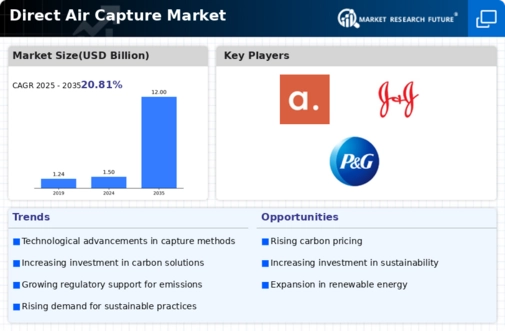
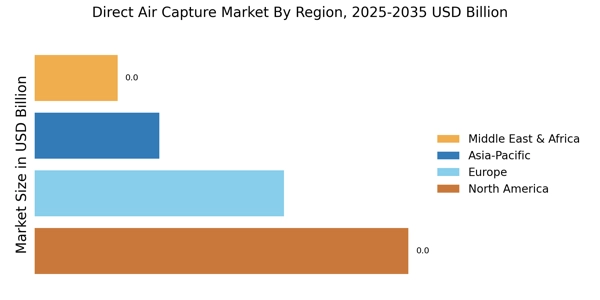
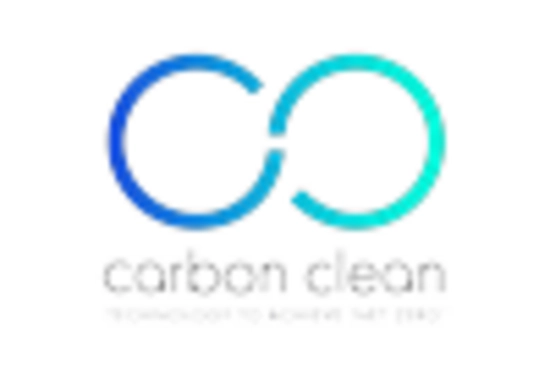
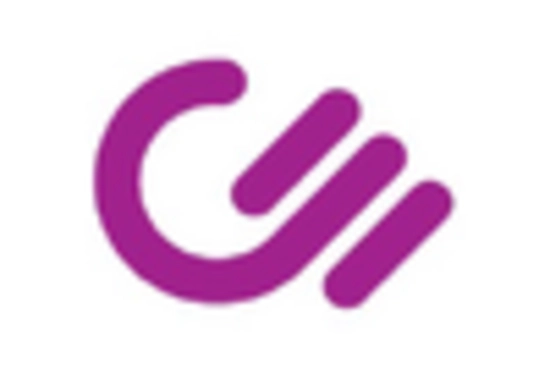
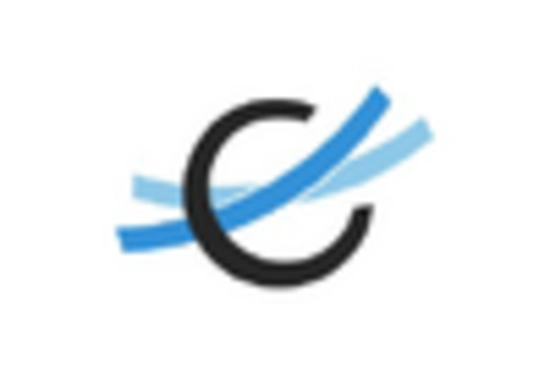

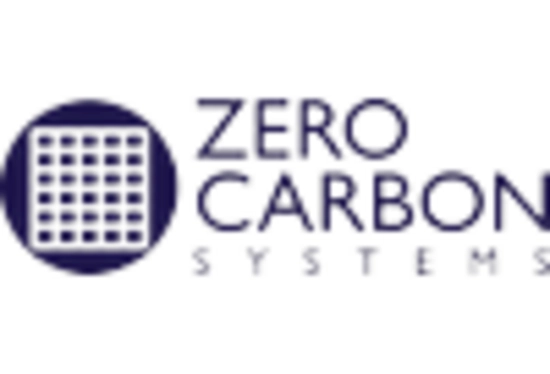
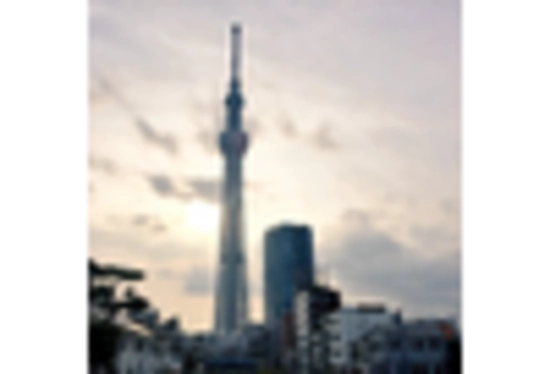








Leave a Comment